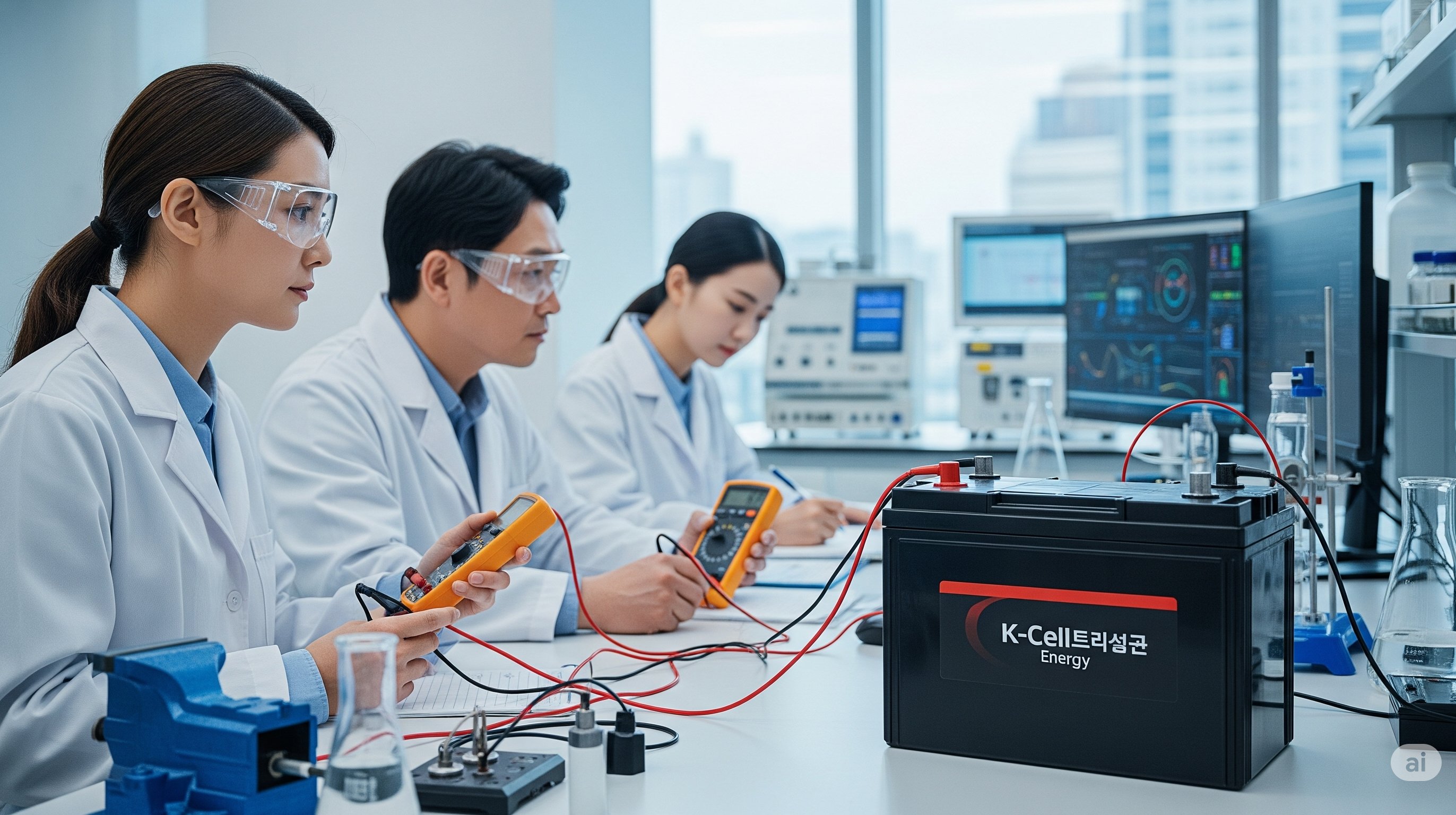“

Vlad Cherevko I have been interested in all kinds of electronics and technologies since 2004. I like to play computer games, and I understand the work of different gadgets. I regularly monitor the news of the technology in the world and write materials about it.
The key element of innovation is the structure of the “interconnected electrode-electrolyte” (IEE), where the components of the electrode and the electrolyte are connected to each other at the molecular level. This approach eliminates the problem of degradation that occurs during charging and discharge in traditional lithium-ion batteries.
In laboratory conditions, prototypes with IEE-structure reached the gravimetric energy density of 403.7 W · h/kg and a volume density of 1300 W · h/l. For comparison, the Tesla 4680 car battery has 241 W · h/kg and 643 W · h/l.
The key advantage of the IEE structure is its compatibility with silicon anodes. Silicon is able to accumulate ten times more lithium than graphite, but its volume changes greatly during charging, which shortens the life span. The solid compound in IEE stabilizes the anode and reduces mechanical tension, making silicon more suitable for practical use.
Despite high performance, technology exists only within laboratory experiments. Its scaling requires new methods of materials processing, which complicates the transition to industrial production. It is expected that it will take several years of additional research and development to adapt to serial release.
In the case of successful commercialization, technology can significantly improve the characteristics of batteries for electric vehicles, smartphones, laptops and energy storage systems.
”, – WRITE: mezha.media

Vlad Cherevko I have been interested in all kinds of electronics and technologies since 2004. I like to play computer games, and I understand the work of different gadgets. I regularly monitor the news of the technology in the world and write materials about it.
The key element of innovation is the structure of the “interconnected electrode-electrolyte” (IEE), where the components of the electrode and the electrolyte are connected to each other at the molecular level. This approach eliminates the problem of degradation that occurs during charging and discharge in traditional lithium-ion batteries.
In laboratory conditions, prototypes with IEE-structure reached the gravimetric energy density of 403.7 W · h/kg and a volume density of 1300 W · h/l. For comparison, the Tesla 4680 car battery has 241 W · h/kg and 643 W · h/l.
The key advantage of the IEE structure is its compatibility with silicon anodes. Silicon is able to accumulate ten times more lithium than graphite, but its volume changes greatly during charging, which shortens the life span. The solid compound in IEE stabilizes the anode and reduces mechanical tension, making silicon more suitable for practical use.
Despite high performance, technology exists only within laboratory experiments. Its scaling requires new methods of materials processing, which complicates the transition to industrial production. It is expected that it will take several years of additional research and development to adapt to serial release.
In the case of successful commercialization, technology can significantly improve the characteristics of batteries for electric vehicles, smartphones, laptops and energy storage systems.
